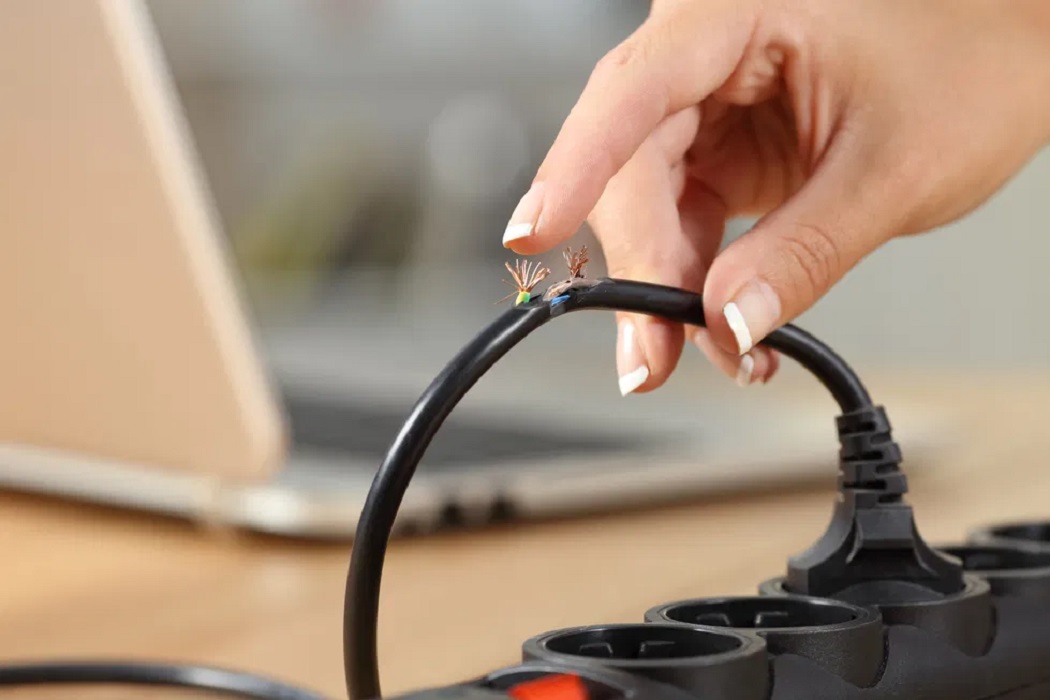Short circuit what to do? When the power goes out in the house, here are the correct behaviors to follow, how to check the operation of the sockets and many other useful tips to avoid problems with the electrical system.
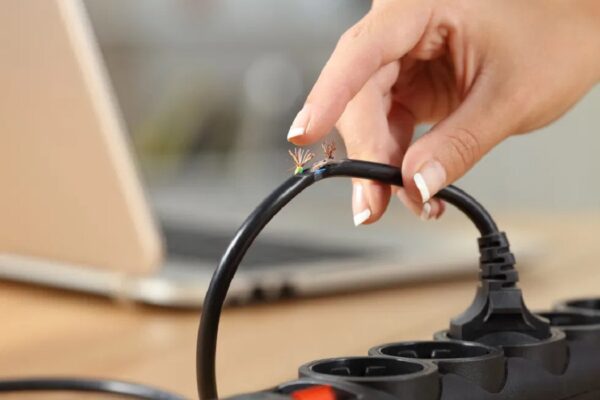
The short circuit it is among the most potentially dangerous domestic accidents. It can damage the system, cause electric shocks, even be there cause of explosions and fires. It is therefore essential to adopt a series of preventive measures and fully comply with current legislation in terms of safety.
In this article we discover what the relevant legislation is, how it is generated, the correct behaviors to be respected to avoid the occurrence of these phenomena, as well as a series of advice on prevention and how to fix a short circuit.
Short circuit what it is
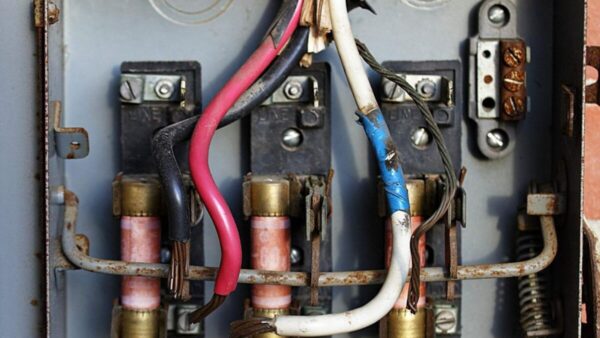
The short circuit is due to a fault in the electrical system. It generally occurs as a result of a fortuitous contact between the phase and neutral wires, generating a strong current passage and damaging the circuit. Usually the life-saving, to protect the electrical system and ensure the safety of the premises. In case of malfunction, the heat produced can generate sparks, with damage to the system and to the devices connected in the house, a possible cause of even more serious consequences, such as a fire. So you understand what happens if i connect phase and neutral? That’s right, a short circuit.
Read also: Electric desks: buying guide
Short circuit what to do
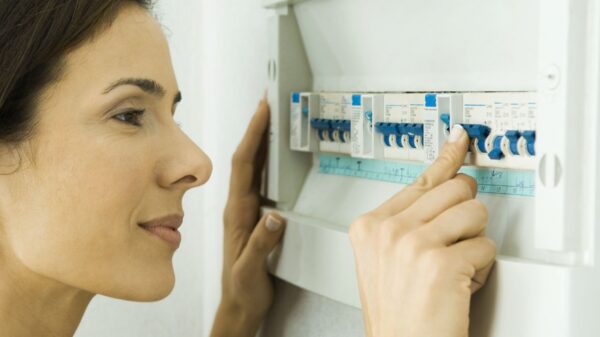
Of course in case of flames absolutely avoid using water but use special household fire extinguishers. If you don’t have one yet, proceed to purchase it. THE costs are quite accessible, they start at around 15 euros. Never reactivate the system power before checking the integrity of the system. The risk is to get shocked, putting your health and that of your loved ones at risk, as well as causing damage to the circuit.
When a short circuit occurs
When does a short circuit occur in a home? The causes can be the most disparate. The first “alarm bell” is the classic smell of burnt plastic. It is necessary to be able to identify the point from which it has spread. Therefore, how to understand short circuit? Here are a number of suggestions in this regard.
Short circuit socket burnt out
It is necessary to check the electrical sockets, obviously paying attention that there is no current (the life-saving short circuit provides for immediate detachment but always better to check). When do electrical outlets not work? You can notice their malfunction if the circuit breakers trip, following a current overload, one of the possible causes of a short circuit. Check for damaged devices by disconnecting them before turning the main switch on again.
It could be necessary a new harness, now worn. If so you will notice a slight hum or the typical smell of burning around the socket. If you are not in the trade, a electrical outlet short circuit requires the utmost attention and therefore requires the intervention of a qualified technician.
You may be interested in: Electrical system
Damaged light points
Another cause could be light spots in the house, such as a defective chandelier. However, if you can’t figure out what the problem is, ask for a visit from a professional.
Worn power cables
Among the most common causes not to be underestimated also the tightness of the power cables. The threads deteriorate over time and therefore a careful periodic check by an expert is required. Wear of cables and wires represents one of the most frequent reasons for short circuits in homes.
How to prevent a short circuit
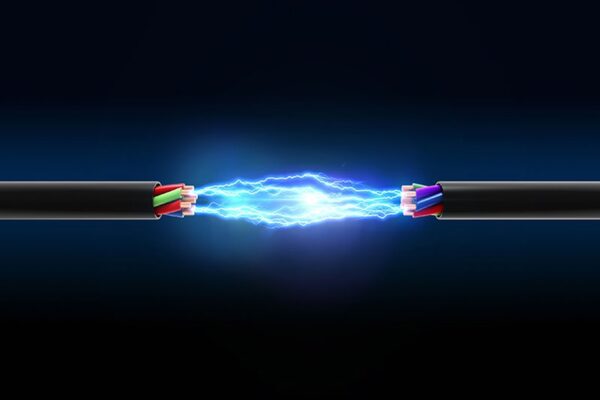
Do you want design advice on how to furnish? Join the group
Once you understand what a short circuit is and how to recognize it, it is equally important to adopt the right prevention measures. To avoid this, it is enough to strictly follow a series of behaviors.
1. Check electrical outlets
Among the most common causes of “short” we find the non-optimal state of electrical outlets. Cables can be worn over time. If you notice a burning smell coming from an outlet or even worse you notice sparks, you have identified the problem and it is necessary to intervene by replacing all the components.
2. Install power strips
Do not overload electrical sockets by using reducers or double plugs: they bring together several electronic devices on a single socket. This can result in a excessive heating of the conductors and determine a short circuit. It is good practice make use of power strips instead of multiple plugs.
3. Checking and cleaning of appliances
Check if all appliances connected to the system show signs of wear. The cables and wires may have “grounded” and cause a short circuit in the electrical system. Get in the habit of periodically submit your appliances to a check by specialists. Remember to also observe that they are equipped with CE mark, respecting the safety requirements of the Community regulations in force.
Also don’t forget to unplug the appliance from the socket when you get ready to carry out the cleaning operations. This is because the liquid substances used for cleaning can reach the plug and cause a short circuit in the house.
4. Electricity and bad weather
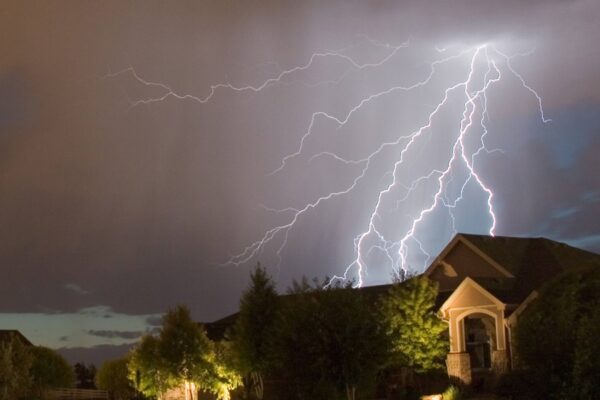
A short circuit is not uncommon in bad weather, especially if you are witnessing intense lightning storms. In these situations better minimize electricity consumption, turning off the connected devices. It is an efficient method of mitigating the harmful effects in the event of a system overvoltage.
5. Security systems
It is very important to resort to suitable safety systems that allow you to prevent a short circuit in the house. That is why the presence of life-saving (mandatory) and other devices can be very useful to avoid damage to the system, protecting the health of the inhabitants in the house. Submit to periodically check the circuit breakers of the electrical panel, components responsible for disconnecting the current when the circuits are unstable.
6. Periodic maintenance
Cyclically have the system checked by a technician. Checking sockets, cables and wires is essential to ensure their tightness, avoiding much more serious problems in the future. If you notice some bare wires, it is necessary to replace them, as there is a high risk of short circuit, as well as representing a danger for all the tenants of the house.
Short circuit legislation
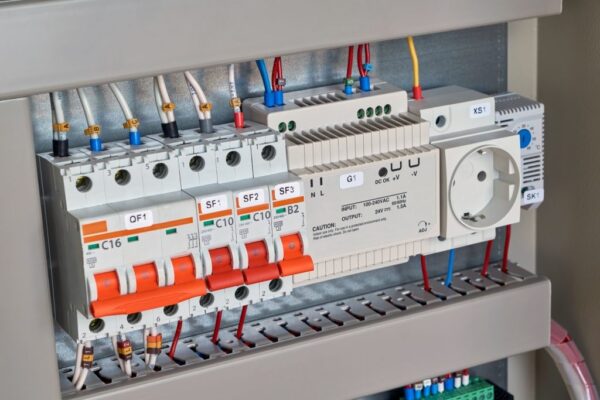
The first step to avoiding a short circuit in your home is make use of a life saver and thus avert the risk of fires in the premises. Making electrical systems in a workmanlike manner and providing for the installation of these devices is regulated by Law 46/90. Over time the system is subject to wear, which is why a periodic revision of sockets and wires is recommended.
The Italian legislation of reference refers to CEI 64-8, which governs the construction of civil electrical systems. The “Italian Electronic Committee” is an association recognized by the State and the European Union. Several aspects that it takes into consideration to guarantee the highest safety standards in the home, among which we point out:
- Use of CE marked products.
- Minimum number of sockets.
- Installation of a master switch for emergencies.
- The section of the riser that connects the meter to the house must not be less than 6 square mm.
- The cables must be removable in any system, with the exception of prefabricated and pre-wired units.
- Power sizing: up to 3 kW in housing units for surfaces up to 75 square meters and 6 kW for larger sizes.
- Differential protection on at least two switches to guarantee service continuity and system protection.
How to fix a short circuit

Faced with a short circuit in the house, the advice is to pay close attention. Identify which part is “short”, unplug the connected devices and in case of flames extinguish them immediately with a fire extinguisher. As anticipated, absolutely avoid water and have the electrical system checked by a specialized technician as soon as possible.
Short circuit final tips
For prevent short circuit in the house and for the protection of everyone’s health, observe these additional simple tips:
- Never touch sockets and switches with wet hands.
- When you go to sleep in the evening, unplug the TV and other appliances.
- For long absences from home, turn off the main power switch.
- Never touch plugs and switches with bare feet.
Short circuit at home: photos and images
Below is a series of images on how to avoid a short circuit at home while guaranteeing maximum safety. We recommend that you always contact a qualified technician for all the operations described in this article.
Short circuit what to do? When the power goes out in the house, here are the correct behaviors to follow, how to check the operation of the sockets and many other useful tips to avoid problems with the electrical system.

The short circuit it is among the most potentially dangerous domestic accidents. It can damage the system, cause electric shocks, even be there cause of explosions and fires. It is therefore essential to adopt a series of preventive measures and fully comply with current legislation in terms of safety.
In this article we discover what the relevant legislation is, how it is generated, the correct behaviors to be respected to avoid the occurrence of these phenomena, as well as a series of advice on prevention and how to fix a short circuit.
Short circuit what it is

The short circuit is due to a fault in the electrical system. It generally occurs as a result of a fortuitous contact between the phase and neutral wires, generating a strong current passage and damaging the circuit. Usually the life-saving, to protect the electrical system and ensure the safety of the premises. In case of malfunction, the heat produced can generate sparks, with damage to the system and to the devices connected in the house, a possible cause of even more serious consequences, such as a fire. So you understand what happens if i connect phase and neutral? That’s right, a short circuit.
Read also: Electric desks: buying guide
Short circuit what to do

Of course in case of flames absolutely avoid using water but use special household fire extinguishers. If you don’t have one yet, proceed to purchase it. THE costs are quite accessible, they start at around 15 euros. Never reactivate the system power before checking the integrity of the system. The risk is to get shocked, putting your health and that of your loved ones at risk, as well as causing damage to the circuit.
When a short circuit occurs
When does a short circuit occur in a home? The causes can be the most disparate. The first “alarm bell” is the classic smell of burnt plastic. It is necessary to be able to identify the point from which it has spread. Therefore, how to understand short circuit? Here are a number of suggestions in this regard.
Short circuit socket burnt out
It is necessary to check the electrical sockets, obviously paying attention that there is no current (the life-saving short circuit provides for immediate detachment but always better to check). When do electrical outlets not work? You can notice their malfunction if the circuit breakers trip, following a current overload, one of the possible causes of a short circuit. Check for damaged devices by disconnecting them before turning the main switch on again.
It could be necessary a new harness, now worn. If so you will notice a slight hum or the typical smell of burning around the socket. If you are not in the trade, a electrical outlet short circuit requires the utmost attention and therefore requires the intervention of a qualified technician.
You may be interested in: Electrical system
Damaged light points
Another cause could be light spots in the house, such as a defective chandelier. However, if you can’t figure out what the problem is, ask for a visit from a professional.
Worn power cables
Among the most common causes not to be underestimated also the tightness of the power cables. The threads deteriorate over time and therefore a careful periodic check by an expert is required. Wear of cables and wires represents one of the most frequent reasons for short circuits in homes.
How to prevent a short circuit

Do you want design advice on how to furnish? Join the group
Once you understand what a short circuit is and how to recognize it, it is equally important to adopt the right prevention measures. To avoid this, it is enough to strictly follow a series of behaviors.
1. Check electrical outlets
Among the most common causes of “short” we find the non-optimal state of electrical outlets. Cables can be worn over time. If you notice a burning smell coming from an outlet or even worse you notice sparks, you have identified the problem and it is necessary to intervene by replacing all the components.
2. Install power strips
Do not overload electrical sockets by using reducers or double plugs: they bring together several electronic devices on a single socket. This can result in a excessive heating of the conductors and determine a short circuit. It is good practice make use of power strips instead of multiple plugs.
3. Checking and cleaning of appliances
Check if all appliances connected to the system show signs of wear. The cables and wires may have “grounded” and cause a short circuit in the electrical system. Get in the habit of periodically submit your appliances to a check by specialists. Remember to also observe that they are equipped with CE mark, respecting the safety requirements of the Community regulations in force.
Also don’t forget to unplug the appliance from the socket when you get ready to carry out the cleaning operations. This is because the liquid substances used for cleaning can reach the plug and cause a short circuit in the house.
4. Electricity and bad weather

A short circuit is not uncommon in bad weather, especially if you are witnessing intense lightning storms. In these situations better minimize electricity consumption, turning off the connected devices. It is an efficient method of mitigating the harmful effects in the event of a system overvoltage.
5. Security systems
It is very important to resort to suitable safety systems that allow you to prevent a short circuit in the house. That is why the presence of life-saving (mandatory) and other devices can be very useful to avoid damage to the system, protecting the health of the inhabitants in the house. Submit to periodically check the circuit breakers of the electrical panel, components responsible for disconnecting the current when the circuits are unstable.
6. Periodic maintenance
Cyclically have the system checked by a technician. Checking sockets, cables and wires is essential to ensure their tightness, avoiding much more serious problems in the future. If you notice some bare wires, it is necessary to replace them, as there is a high risk of short circuit, as well as representing a danger for all the tenants of the house.
Short circuit legislation

The first step to avoiding a short circuit in your home is make use of a life saver and thus avert the risk of fires in the premises. Making electrical systems in a workmanlike manner and providing for the installation of these devices is regulated by Law 46/90. Over time the system is subject to wear, which is why a periodic revision of sockets and wires is recommended.
The Italian legislation of reference refers to CEI 64-8, which governs the construction of civil electrical systems. The “Italian Electronic Committee” is an association recognized by the State and the European Union. Several aspects that it takes into consideration to guarantee the highest safety standards in the home, among which we point out:
- Use of CE marked products.
- Minimum number of sockets.
- Installation of a master switch for emergencies.
- The section of the riser that connects the meter to the house must not be less than 6 square mm.
- The cables must be removable in any system, with the exception of prefabricated and pre-wired units.
- Power sizing: up to 3 kW in housing units for surfaces up to 75 square meters and 6 kW for larger sizes.
- Differential protection on at least two switches to guarantee service continuity and system protection.
How to fix a short circuit

Faced with a short circuit in the house, the advice is to pay close attention. Identify which part is “short”, unplug the connected devices and in case of flames extinguish them immediately with a fire extinguisher. As anticipated, absolutely avoid water and have the electrical system checked by a specialized technician as soon as possible.
Short circuit final tips
For prevent short circuit in the house and for the protection of everyone’s health, observe these additional simple tips:
- Never touch sockets and switches with wet hands.
- When you go to sleep in the evening, unplug the TV and other appliances.
- For long absences from home, turn off the main power switch.
- Never touch plugs and switches with bare feet.
Short circuit at home: photos and images
Below is a series of images on how to avoid a short circuit at home while guaranteeing maximum safety. We recommend that you always contact a qualified technician for all the operations described in this article.

